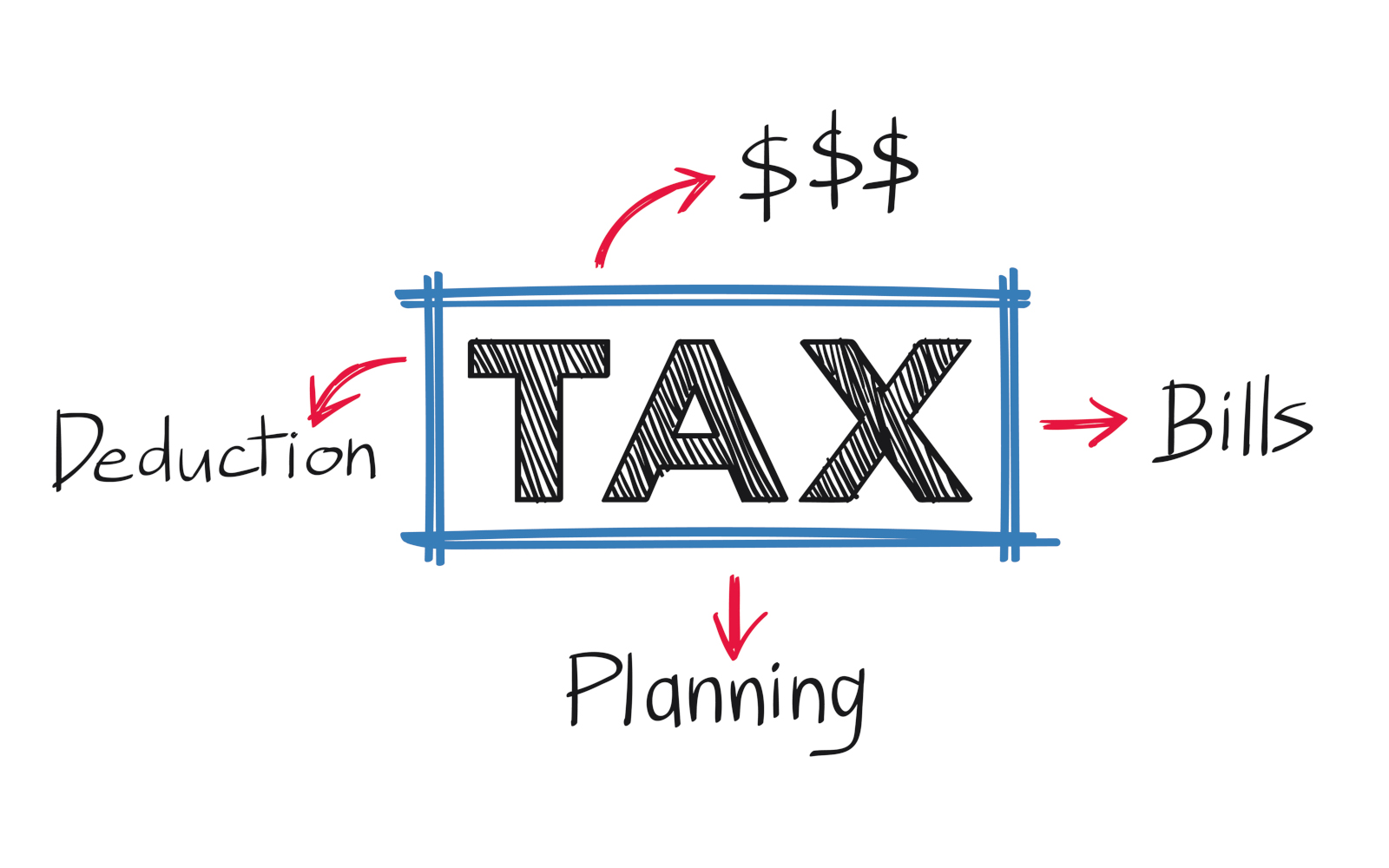Tax Considerations for the Working Individual Reviewing 2018 Returns – Investments, Income, and Other Issues

Investments and income are typically the two biggest players in your tax plan. After all, these are likely to be your primary sources of personal revenue.
When it comes to planning your tax strategy, you need to consider a variety of factors related to your income and investments, as well as some various issues that are related to these categories. Here are the top considerations to make for income, investments, and other issues.
This article is second in a series on Tax Considerations for the Working Individual. Read of the series here:
- Tax Considerations for the Working Individual – Family and Filing Issues
- Tax Considerations for the Working Individual – Investment Income and Other Issues
- Tax Considerations for the Working Individual – Qualified Plan Issues
Investment Income Issues
Depending on your specific investments, there are a few areas on your 2018 return to check and ensure whether you’re on the right path for your 2019 tax strategy.
Interest
Are your investments earning interest? (Review From 1040, Lines 2a and 2b) Did you receive any dividends? (1040, Lines 3a and 3b) If you answered “yes” to either of these questions, you need to reference Schedule B for more information about which accounts are generating interest and whether dividends earned are qualified or ordinary.
Income and Investments
If you’re self-employed and your income is greater than $200,000 ($250,000 married, filing jointly), you may be required to pay and additional Medicare tax at 0.9% (consult Form 8959). For all working individuals, if your income is greater than $200,000 ($250,000 MFJ), and you have high Net Investment Income (see Form 8960), your income may be subject to a Net Investment Income Tax at 3.8%.
Capital Gains
Remember, your capital gains and losses also count toward your income and make a difference at tax time. For capital gains distributions, consult Schedule D, Line 13; for losses look at Schedule D, Lines 6 and 14. Verify whether short- or long-term loss carryovers are properly accounted for.
Income Issues
While you’re probably already making notes of income changes from 2018 to 2019, here are some specifics to focus on during your review.
W-2 Employees
If you’re a W-2 employee, you’ll want to review your W-2 for any HSA and FSA contributions from both your employer and your pre-tax income. Additionally, you need to review your retirement plan contributions and employer matching.
Stock Options
If you are part of an employee stock option or have any other type of equity compensation, you will need to consult your 2018 return to see how this impacted your tax strategy during the last year. Look at your W-2 and Schedule D to learn more about how your get a better understanding of your tax responsibility for exercising or selling your option. If you filed an 83(b) election, ensure that you prepare one this year as well.
Other Issues
There are, of course, some odds and ends issues that are difficult to classify with other categories. However, when you’re filing your taxes, it’s important to account for all of your financial activities. Here are some additional issues you want to watch out for.
State-Specific Issues
You will want to take a look at your state return, in addition to your federal one, to look for specific issues unique to your locale. If you have recently moved or earned income in another state during the calendar year, consult a financial professional to learn about the tax laws that apply to your situation.
Real Estate
If you have real estate investments, consult Schedule E to see how to properly claim your rental income.
Student Loans
You may be able to claim interest paid from student loans if you paid any this year. Look at Schedule 1, Line 33 to see whether the deduction applies to your situation.
These are only some of the considerations that you need to make as you review your 2018 tax return and prepare for the upcoming tax season. To learn more about tax considerations for the working individual, consult our resources on family and filing issues.
This article is second in a series on Tax Considerations for the Working Individual. Read of the series here:
- Tax Considerations for the Working Individual – Family and Filing Issues
- Tax Considerations for the Working Individual – Investment Income and Other Issues
- Tax Considerations for the Working Individual – Qualified Plan Issues
This information is not intended to be a substitute for specific individualized tax advice. We suggest that you discuss your specific tax issues with a qualified tax advisor.














